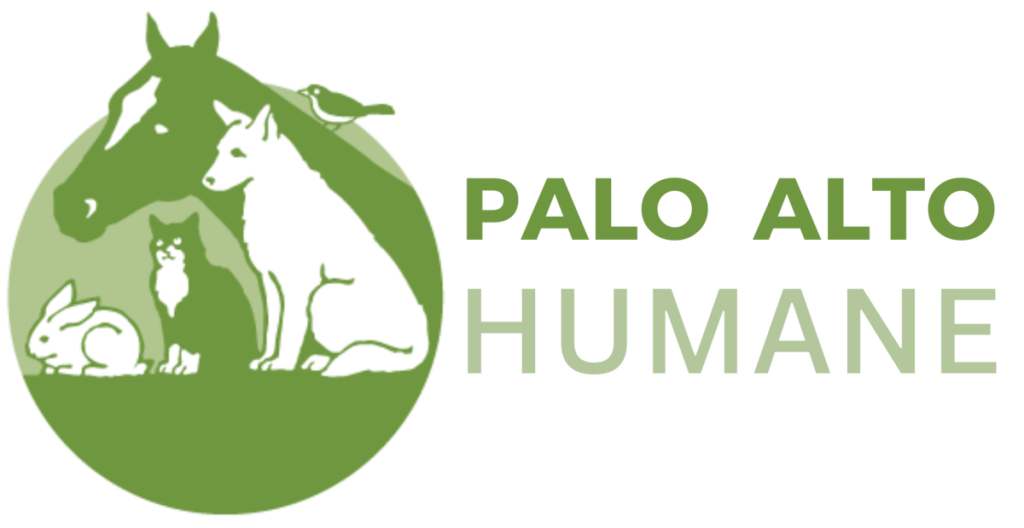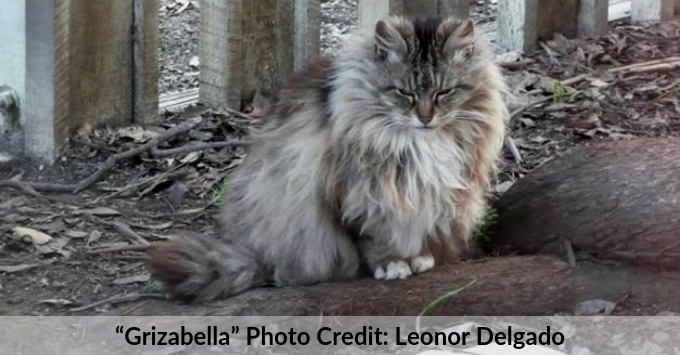When you see cats on sidewalks or in parking lots, do you wonder what they are doing there, when your own beloved furry ones seem to spend 22.5 hours out of every 24 asleep on your sofa?
In California, half of all outdoor cats have an indoor home but are allowed outside. The other half are “community cats”—strays, abandoned pets, or ferals (the offspring of abandoned tame cats who are not comfortable around humans).
Studies show that approximately 85% of “owned” cats have been spayed or neutered, versus only 2% of community cats. Humane societies, volunteer cat rescue groups, animal control agencies, and progressive wildlife organizations are working together to address this through public education efforts, “trap, neuter, return” (TNR) programs, and cat colonies managed by volunteers. “When [outdoor] cat populations are present, the choice is not between having cats or not having cats. The choice is between having a managed community cat population, or an unmanaged one,” says Bryan Kortis, program manager of PetSmart Charities in Phoenix.
Properly managed TNR programs do not create cat overpopulation—the cats are already there. Programs that focus on non-lethal control and involve the community can mobilize an army of compassionate, dedicated people who care about the cats, wildlife, and their communities. A example of a successful TNR program is at Stanford University, where the Stanford Cat Network, now known as Feline Friends, reduced a large population of feral cats to a present-day handful. With widespread acceptance of TNR, there is now plenty of funding available, and in Santa Clara County most animal-control authorities are active participants. “Feral Freedom” is most often the reality in our local communities.
What you can do to help reduce the numbers of roaming cats is spay/neuter your own before they can reproduce, and not allow them to wander freely. “Catios” are now quite the “thing.” They are the perfect way to let your feline enjoy the outdoors while keeping him or her and wildlife safe.
For information on low-cost or free spay and neuter for owned or community cats, contact Palo Alto Humane Society at (650) 424-1901 or pahs@paloaltohumane.org. We also have more information on our website here. Please consider volunteering with a local rescue organization that is working with community cats. Contact PAHS for referral to an organization that is local to you.
Ann Nussbaum
Ann Nussbaum is a long-time homeless cat rescuer and a former PAHS board member. She manages our Animal Rescue Fund and Spay and Neuter Fund veterinary help programs. Ann is dedicated to the welfare of homeless animals and provides countless hours of communication and rescue to address the increasing needs of the community.

